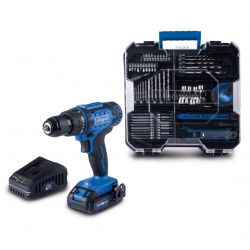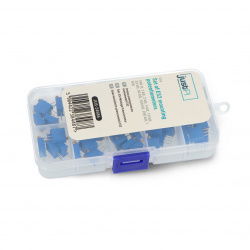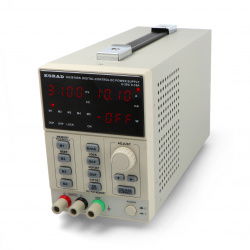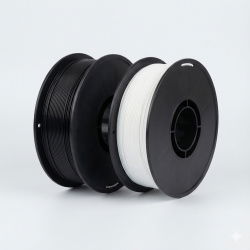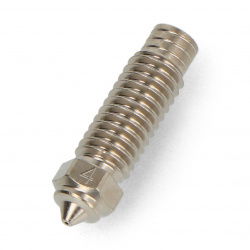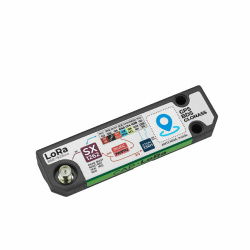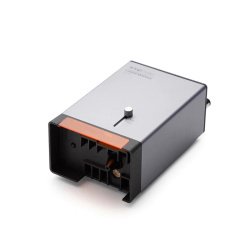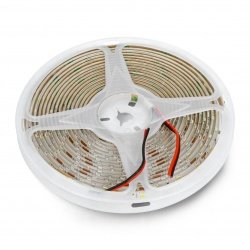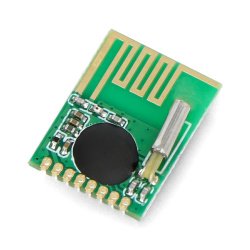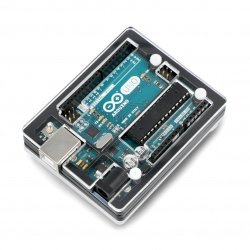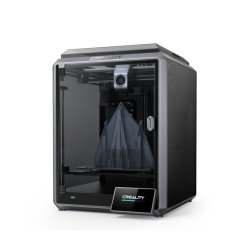For a long time, the devices were powered by a cable, which meant they were not mobile in any way. They could only be used stationary and only in places where a power source was available. Today, we appreciate the freedom of movement and the greater possibility to use many devices anywhere, outside the home or office. These are battery-powered devices. Advanced technology has also allowed us to significantly reduce the size of some devices so that we can fit them in a trouser pocket or a bag or backpack. This is also due to the small size of the cells, but with their high power density. However, many batteries, especially lithium-ion batteries, need a charger to work properly and continuously. In addition, discharge controllers play an important role today, so that we can avoid a complete cessation of operation. This is of great importance for the protection of data against data loss as well as for continuity of operation. Our offer includes chargers designed for lithium-ion batteries in various variants. Check our options!
Chargers
See also
- DJI Phantom drones
- Syma drones
- Fluorescent filament
- 2-core cables
- Power supplies 12v 10a
- DJI Mavic drones
- Conductive paint
- DJI Inspire drones
- Zortrax Filaments
- Anet 3D printers
- 24v relays
- Wireless mice
- Esperanza compressed air
- Outdoor LED lighting
- Intel modules & kits
- Hexbug toys
- Magnetic balls
- DJI Mavic drones - drones and accessories
- Compressed air to clean the keyboard
- Tablets
- RPi Wi-Fi cards
- PLA Pro filaments
- Encoders
- Intel starter kits
- Android Box Smart TV
- 2D printers and pens
- Banana Pi
- Photo traps
- Smart ABS filaments
- Headphones
- Intel expansions & hats
- GPS trackers
- Resistors SMD 1206
- Aqara - home automation
- STM32 books
- Books about Raspberry Pi
- Dobot 3D printers
- String bags (zip bags)
- Vacuum forming
- Intel - module accessories
- Refill filaments
- BeagleBone power supply
- Car handles
- AGM batteries
- Electrolytic capacitors SMD
- Flsun 3D printers
- Tantalum capacitors SMD
- Sensors and alarms
- Alarm sirens
- Doorbells and peepholes
- Arylic sound modules
- Flexible filaments
- Khadas VIM
- Motor capacitors
- Laminators
- RC cars and models
- Zortrax 3D printers
- Control equipment
- Linear actuators
- Trilab 3D printers
- Goofoo 3D printers
- Bluetooth Speakers
- PowerBank mobile batteries
- Webcams
- Urbicum 3D printers
- LED lighting
- Spare parts
- ATMAT 3D printers
- Mycusini 3D printers
- TinkerGen
- Weight meters
- Raspberry Pi 2B+
- DJI educational robots
- Makeblock 3D printers
- Transport cases
- Orange Pi
- MakerPi 3D printers
- Silk Filaments
- Sparky
- Abilix Krypton
- 3D printer Artillery
- Air conditioning and heating
- Gas soldering irons
- Air purifiers
- SkriWare - educational robots
- LittleBits
- Exta Free - sensors and modules
- Spresense Sony
- Netronix RFID modules
- Rock Pi
- AST lighting drivers
- CubieBoard
- WowWee
- Coolseer home automation
- AMK - automation and control
- Smartwatches
Charging controllers and lithium cell charging process
Did you know you can build a lithium-ion cell charger yourself? This is possible thanks to special charging process controllers that have been developed to allow users to create their own charger to suit their individual needs. For optimal working conditions, lithium-ion and lithium-polymer batteries need to be charged in the right way, according to specific rules. It is worth following the general guidelines to protect the battery from possible damage and failure. It is important to know that the charging process must not take too long, as this causes the risk of a cell explosion.
Lithium-ion cells have high requirements for their use. Despite this, they are often chosen for electronic designs and used in many everyday and professional applications. The voltage in the cell must not be lower than the manufacturer's predefined threshold, which usually ranges from 2.8 V to 3.0 V. If the battery is discharged below this predefined limit, damage or even loss of some capacity is possible. It is also harmful to exceed the maximum voltage of the cell, resulting in irreversible failure and, in extreme cases, explosion and fire.
How to charge lithium-ion cells?
Charging consists of two stages. In the beginning, the cell is charged with a DC current of 0.5 to 1 C. If the voltage in the cell is about 4.2 V, the second phase of charging begins. During this phase, the voltage is maintained at 4.2 V, but the current that is drawn by the cell gradually decreases. If it drops to less than 0.1 C, the signal that the battery has already been charged.
Systems are powered in different ways, sometimes only a single lithium-ion battery will work well, and sometimes a more advanced system is required. Simple linear stabilisers and step-down converters are often used for power supply. This is due to the operation of modern electronics with a voltage below the nominal operating voltage of the lithium-ion cell. If you want to create a complete integrated power system, you can supplement it with an integrated charger. Why is this such a great convenience? First of all because it is not necessary to remove the battery from the device in order to recharge it. We charge the device by connecting an external power supply.
The Botland store offers lithium-ion cell chargers with different levels of sophistication. We also offer integrated charging process controllers that allow you to build chargers yourself. With such solutions you will ensure the mobility of your electronic equipment and greater freedom and safety of using them without having to connect to a power source.






























































































































































































































































































































